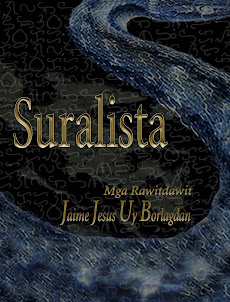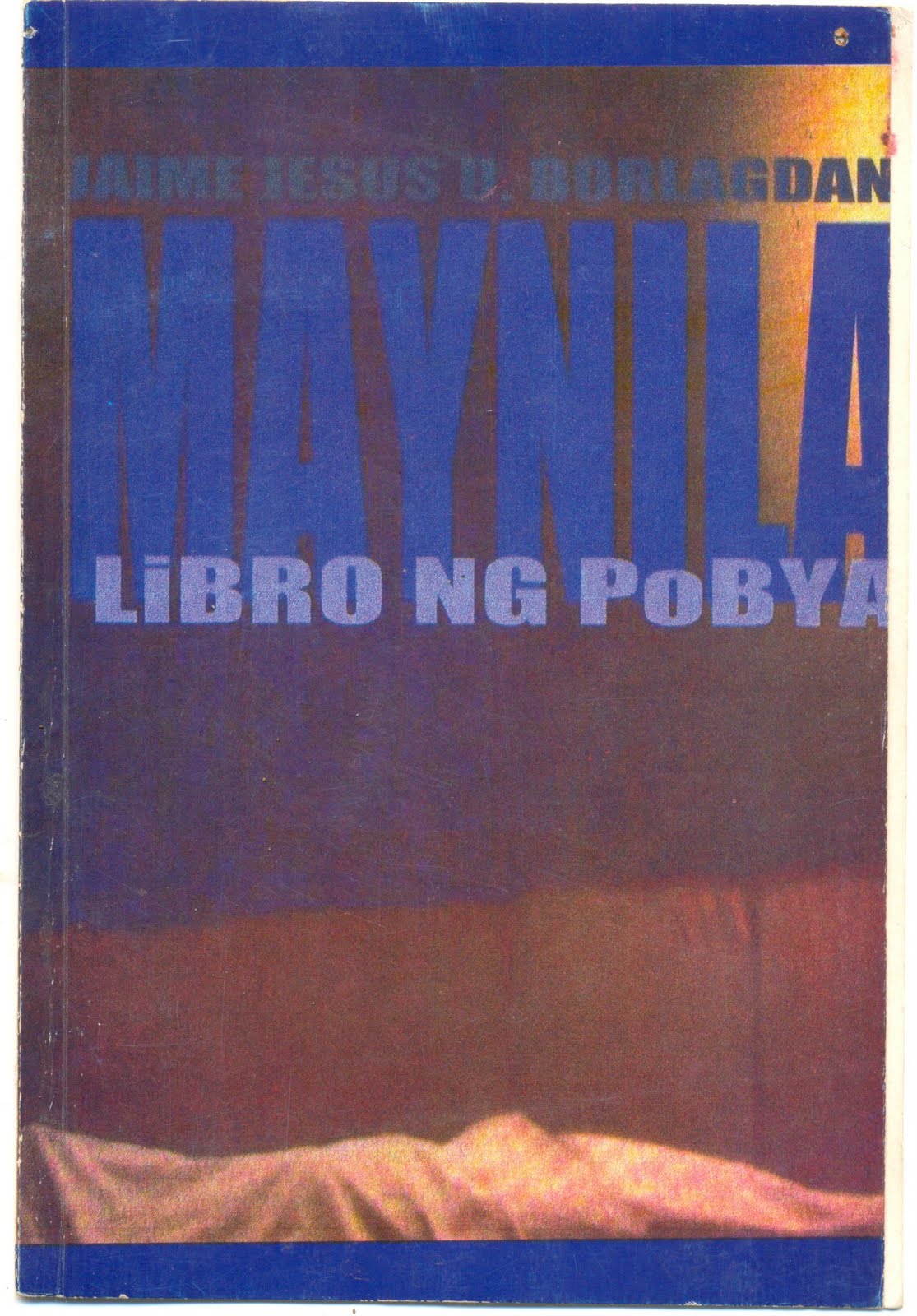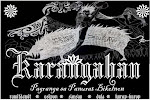PAGBASOL
Makaulok kun pano an pagmukna
imukna an saiyang sadiri.
Sa sarong libro ki gibo
narumduman ko su ginibo ko man na libro.
Sa libro kan sakong mga gibo
narumduman taka na nagbasa kaito.
Saimo parabasa, narumduman ko kitang duwa.
Sa giromdom kan sarong banggi, su dai ko nasabi.
Sa dai ko nasabi, an pagbasol.
Makaulok na sa pagbasol sa sarong dai nagibo
dakol an namumuknang libro.
1/6/12.Tayhi.
PAGSISISI
Kakatwa kun paano ang paglikha
linilikha ang kanyang sarili.
Sa isang libro ng mga likha
naalala ko ang nilikha ko ring libro.
Sa libro ng aking mga likha
naalala kitang nagbasa nito.
Sayo, mambabasa, naalala ko tayong dalawa.
Sa alaala ng isang gabi, ang hindi ko nasabi.
Sa di ko nasabi ang pagsisisi.
Kakatwa na sa pagsisisi sa isang di nagawa
marami ang librong nalilikha.
D. O'H.







